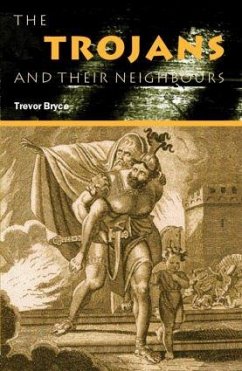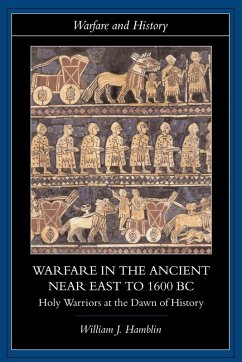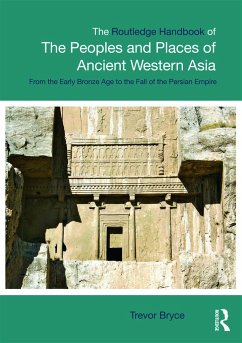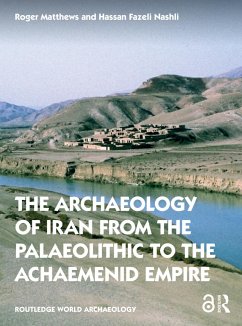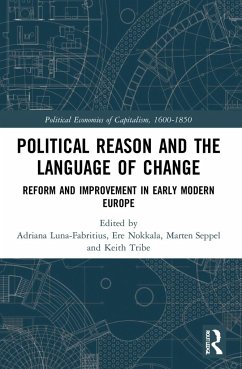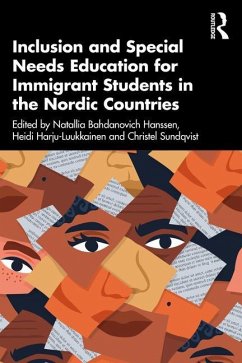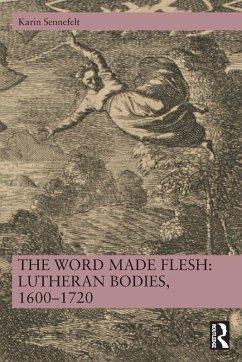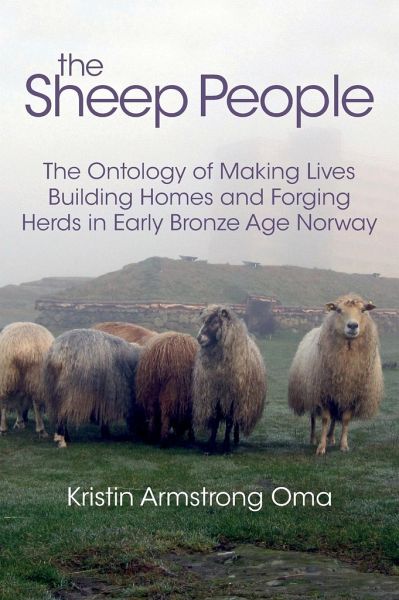
Kristin Armstrong Oma
Gebundenes Buch
The Sheep People
The Ontology of Making Lives, Building Homes and Forging Herds in Early Bronze Age Norway
Versandkostenfrei!
Versandfertig in 1-2 Wochen

PAYBACK Punkte
50 °P sammeln!




The overarching aim of The Sheep People is to examine what happens to the understanding of past societies when animals are perceived as sentient beings, agents with the ability to impact human lives.
Dr. Kristin Armstrong Oma is currently the Head of the department of education and public service at the University of Stavanger, Archaeological museum (2013-present). She is an archaeologist and holds a PhD in archaeology from the University of Southampton (2002-2004), and a postdoctoral fellowship in archaeology from the University of Oslo (2010-2013). Previously, she was a junior lecturer in the department of archaeology at the University of Oslo, and has also participated in a wide range of archaeological fieldwork. Her research is situated in-between archaeology and human-animal studies. In her scholarly work she actively engages in arenas of archaeology and also of interdisciplinary human-animal studies arenas. She has published extensively on the relationships between humans and animals in the past, and she was guest editor of a Society and Animals special issue on archaeology, as well as co-editor of a World Archaeology volume called Humans and Animals.
Produktdetails
- Verlag: Equinox Publishing Ltd
- Seitenzahl: 200
- Erscheinungstermin: 9. Mai 2018
- Englisch
- Abmessung: 260mm x 183mm x 18mm
- Gewicht: 676g
- ISBN-13: 9781781792513
- ISBN-10: 1781792518
- Artikelnr.: 47636596
Herstellerkennzeichnung
Libri GmbH
Europaallee 1
36244 Bad Hersfeld
gpsr@libri.de
Für dieses Produkt wurde noch keine Bewertung abgegeben. Wir würden uns sehr freuen, wenn du die erste Bewertung schreibst!
Eine Bewertung schreiben
Eine Bewertung schreiben
Andere Kunden interessierten sich für



